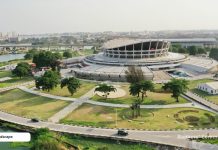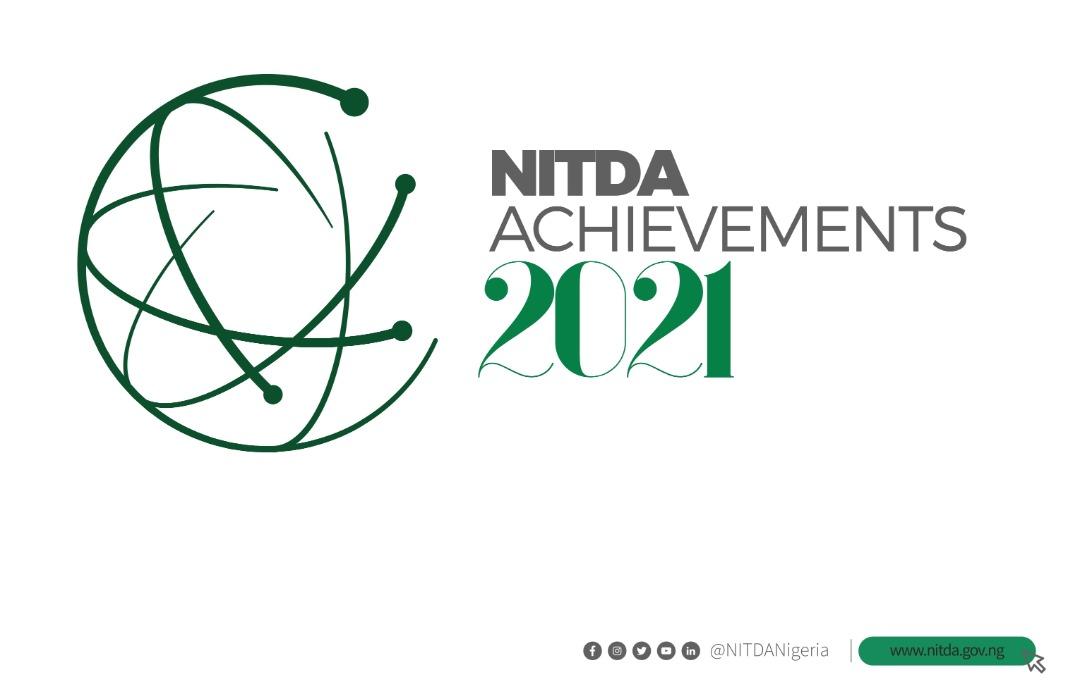By OLASUPO SOYOMBO
Ex-nihilo, a Latin adverb I first heard of in my religious studies class in my first year the university, has stayed with me. For those who do not know the meaning, let me quickly say it means “from or out of nothing”.
How is it related to the subject at hand? Strongly, I make bold to say. Anyone familiar with setting up a business enterprise in Nigeria, particularly pioneers in a field requiring technological infrastructure, will understand how things, very big things, are made from nothing or out of nothing. To make something out of nothing, it should go without saying, takes an enormous amount of faith-in one’s methods and, of course, in the investment environment.
In Nigeria, undeniably a country with a great potential for munificent return on investment on account of its large population and size of its economy, the faith required, I believe, is double what that which is required elsewhere. It is akin to believing in magic. The reason is not far-fetched. Despite what she has in her favour, there are mile-high odds sufficiently frightening to sow doubts. Current and prospective players in the Nigerian broadcasting industry, one notorious for its high mortality rate, know this for a fact. Even basic broadcasting operations are tough to set up and run in Nigeria let alone satellite or direct-to-home (DTH), which requires investments verging on the cost of Versailles to acquire, install and continuously maintain. This is what has kept me fascinated with GOtv, the country’s leading digital terrestrial operator.
GOtv is by no means the country’s first DTT operator. It is, in fact, the second, but took very little time in overtaking its competitor. This, I believe, is not just down to the efforts of its sales and marketing teams. I actually believe those teams, like rodeo cowboys on broncos, jumped on the back of its compelling content delivered via the most modern technology, both of which took lavish investments and a giant leap of faith in the treacherous investment terrain that Nigeria often is.
Launched 10 years ago to widen access to digital television via affordability, GOtv arrived the scene looking like a “me too” project. That was the prevalent perception.
That perception quickly dissipated with investment in DVB-T2, the second-generation decoder through which the signal became sound and images on the subscriber’s screen. Investment in the most modern technology had been occasioned by the global shift towards digital broadcasting induced by the International Telecommunications Union (ITU) agreement of 2006 to which Nigeria was a signatory. This was at a time the country was taking its first steps on the digital migration journey, with the Federal Government aspiring to put the country on the global digital map. With the DVB-T2 hardware, which is many streets and a few roundabouts ahead in audio-visual quality, GOtv became the first DTT operator to bring digital broadcasting to Nigeria. Additionally, the digital signal it offers meant a reduced chance of signal depreciation in bad weather, makes for self-installation and, in due course, also made the carriage of audio channels possible. GOtv premiered the carriage of audio channels in Nigeria with the addition to its platform of Wazobia FM and Naija FM.
Support for the country’s digitalisation efforts did not end with the introduction of the DVB-T2 hardware, as the operator committed further resources into raising awareness for the digital migration programme, becoming the first DTT service provider to back the National Broadcasting Commission (NBC) digital transition flag-off in Jos, the Plateau State capital. This was through the “Digilevelz Don Land, No Carry Last” campaign, which held in 26 Nigerian cities.
Of no less significance are its investments in taking its service to locations where there was previously no network coverage, especially in areas of the country where topography inhibited signal reception. Experts had identified topography an as a major impediment to signal distribution, with distributors licensed by the government hobbled by acute lack of transmitter capacity. This problem was addressed by significant financial outlays on digital transmission infrastructure, which has seen GOtv roll out in 60 cities across 26 states. In its first four years of operations, reports indicate that GOtv spent $95.5million to build 73 transmitter sites, which made DTT network available to half the country’s population. Maintaining those transmitter sites require separate investment, which rose as the number grew.
Between 2014 and 2018, the company committed N8.1billion to transmitter maintenance. In 2014, the sum of N572.2million went into maintenance. It rose steeply to N1.39billion in 2015, N1.9billion in 2016, N2.033billion in 2017 and N2.28 billion in 2018. The consistent investment has ensured that the operator has, by far, the widest DTT coverage in the country.
Compared with the government-licensed distributors, whose limited coverage is held as one of the factors accounting for the slothful pace of the country’s transition process, its like a Lada in a race with a Lamborghini. This is evidenced by the howls of dissatisfaction by their users, who are frothing with anger at poor or non-availability of signal in states where they claim to have coverage. Investments in broadcast infrastructure have also been accompanied by large outlays on regulatory fees. GOtv, in 2019, paid N1.5billion to the NBC for the renewal of its DTT licence for three additional years and N50million for the renewal of its Direct-to-Home (DTH) licence for five years. In 2014, it paid N2billion for a five-year DTT licence and N50 million for the renewal of its DTH licence for a further five-year period.
The various sums invested in the provision and maintenance of broadcast infrastructure as well as regulatory levies are exclusive of what was invested in bringing digital broadcasting to Nigeria.
• Soyombo writes from Ibadan


























